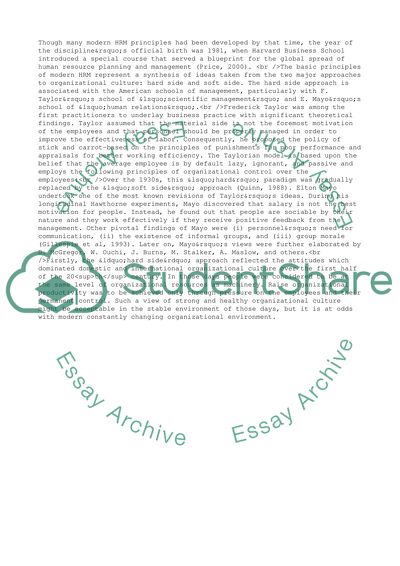Cite this document
(Cross-Cultural Human Resource Management Coursework, n.d.)
Cross-Cultural Human Resource Management Coursework. https://studentshare.org/management/1554005-consider-the-hr-activities-of-selection-performance-management-and-trainingdevelopment
Cross-Cultural Human Resource Management Coursework. https://studentshare.org/management/1554005-consider-the-hr-activities-of-selection-performance-management-and-trainingdevelopment
(Cross-Cultural Human Resource Management Coursework)
Cross-Cultural Human Resource Management Coursework. https://studentshare.org/management/1554005-consider-the-hr-activities-of-selection-performance-management-and-trainingdevelopment.
Cross-Cultural Human Resource Management Coursework. https://studentshare.org/management/1554005-consider-the-hr-activities-of-selection-performance-management-and-trainingdevelopment.
“Cross-Cultural Human Resource Management Coursework”. https://studentshare.org/management/1554005-consider-the-hr-activities-of-selection-performance-management-and-trainingdevelopment.


